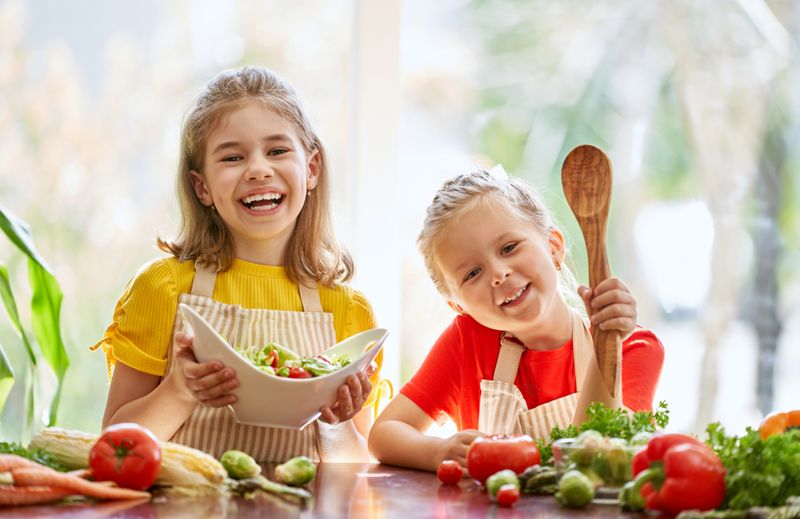
23 Sep Is Your Child Getting the Right Brain Foods?
Over the summer, students’ diets tend to change. Families are on the go and meals are less structured. Heat equals thirst and water isn’t every kid’s favorite drink, so we may have turned to more sugary beverages to keep them hydrated. Between picnics and parties, hot temperatures and long days, your child’s diet may be askew. Sugar Mill Montessori School understands. Let us help you get your family back on track for success this school year!
Necessary Nutrients for Brain Health
You’ve probably seen the updated food pyramid and the “Choose My Plate” graphics that describe the best ways to eat. These address food groups and the amounts that should be eaten in relation to each other. We want to take things a step further and look at some of the nutrients kids can benefit from and how to add them to your child’s diet.
Children’s brains need protein to support the ability to learn and to perform tasks, both consciously (walking across the room) and unconsciously (breathing). Protein is found in meat, poultry, eggs, fish, legumes, nuts, and dairy products.
You’ve probably heard about omega-3 fats. Research has shown that children who have more omega-3 in their diets score higher on reading and spelling tests and have fewer behavior problems. Good sources of omega-3 are fresh tuna, salmon, sardines, shrimp, flaxseeds, walnuts, and soybeans. Ground flaxseeds are easy to add to smoothies, cereal, and even the breadcrumbs you may use to coat chicken.
Iodine is necessary for cognitive development. Readily available in table salt, iodized salt is also added to many pre-prepared foods.
Iron is part of effective neurotransmitter processes, which are responsible for mental, cognitive, behavioral, and emotional functions. Most kinds of peanut butter contain iron. Check the labels and give your kids a protein and iron boost.
Folate is critical for healthy cell and tissue growth as well as metabolism. Also known as B-9, it can be found in lima beans, spinach, asparagus, peas, broccoli, carrots, and winter squash. If that sounds like a list of things your son or daughter won’t eat, you’re not alone. Chop them up finely and mix into macaroni and cheese or blend them into a fruit smoothie to sneak them in!
Beef, chicken, pork, beans, and yogurt are good sources of zinc. Zinc has been linked to better memory, attention, and reasoning. Dip some of the folate-rich veggies into yogurt for snacks!
Vitamin B-12 turns the food you eat into energy and is vital for both the central nervous system and red blood cell production. Good sources of B-12 are found in dairy products, meat, poultry, seafood, and eggs. If your child eats a vegan or vegetarian diet, be aware that vegetarian sources of B-12 are not well absorbed by the body. Supplements may be needed. Talk to your pediatrician before giving your child any supplements.
Make sure your child has a healthy breakfast to prepare them for learning!
Interesting Fact: A 20 oz. bottle of soda has an average of 16 teaspoons of sugar!



Sorry, the comment form is closed at this time.